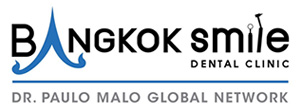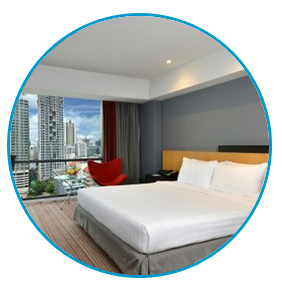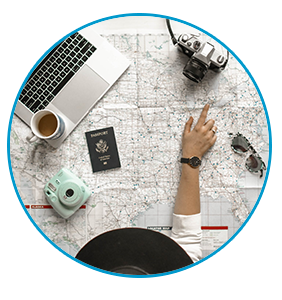ABOUT BANGKOK, THAILAND
source: www.tourismthailand.org
Pom Prap Sattru Phai
It was during the reign of King Prajadipok as King Rama VII that Thailand changed from an absolute monarchy to a constitutional monarchy. This museum presents the life and tumultuous times of The Kings reign.
The building, constructed in 1906, was initially an imported clothing store called John Simpson Store designed in the Neo-classical style by Charles Beguelin, a French-Swiss architect. It later became a hardware store and then headquarters of the Public Works Department.
The museum has nine permanent exhibition halls covering various subjects in a sequence.The first hall introduces you to the line of succession under the Chakri Dynasty from King Rama I up to H.M. King Rama IX, the current King.
King Prajadipoks life before his accession to the throne in the second hall, informs about his youth, education, ordination, marriage and government service.
His coronation is shown in photographs and royal activities in areas of national development and foreign relations are shown in the next exhibits.
The preparations for and the celebrations marking the 1932 150th anniversary of the founding of the Chakri Dynasty are next.
1932 was the year of the turning point in Thailands political history when under pressure from a political party,the King consented to the change from an absolute monarchy to a democratic constitutional monarchy.
The Conferment of The Constitution exhibit hall informs you about the Kings prior intent to bestow upon the nation a constitution.
King Prajadipoks personal effects are displayed including items on films, music, sports and writings, revealing his personal tastes. The final exhibition shows his life after abdication and his final years in England.
The King Prajadipok Museum is a very informative source of information on Thailand during this significant period.
How to get there: Bus routes 2, 15, 39, 44, 47, 60, 79, 511, 512. Saensaep Canal Express Boat service to Phanfa pier.
Opening times: Tuesday to Sunday and public Holidays from 9.00 am. to 4.00 pm.
Admission fee : 40 baht
Tel : 0 2280 3413-14, 0 2280 3445-6
Email : kpm@kpi.ac.th
Website : www.kpi.ac.th/museum
![]() Wat Sa Ket and The Golden Mount
Wat Sa Ket and The Golden Mount
This landmark, on the only hill in Bangkok, is of great significance for all followers of The Lord Buddha. 320 stairs take you up to the top for panoramic views of the Rattanakosin Island.
 The Golden Mount is on a man-made hill with a diameter of 500 metres and soars 100 metres to the sky. There was a small chedi on this site and after it collapsed, King Rama III commissioned the constructed of a much larger one which was completed during the reign of King Rama V.
The Golden Mount is on a man-made hill with a diameter of 500 metres and soars 100 metres to the sky. There was a small chedi on this site and after it collapsed, King Rama III commissioned the constructed of a much larger one which was completed during the reign of King Rama V.
In 1877, King Rama V brought the Buddha relic in the custody of the Royal Chakri family from the Grand Palace to the Royal Pavilion at Wat Saket. It was then enshrined in the in the pagoda on top of the Golden Mount.
Two decades later, Marquis Curzon, the British Viceroy of India, presented more Buddha relics near the Nepalese border to King Rama V. These were enshrined in a bronze pagoda in 1899 and installed on the top of the Golden Mount.
The temple, Wat Saket, was built during the reign of King Rama I and is the location for a festival each November that includes a climb to the top of the Golden Mount.
How to get there: Bus route 15, 37, 47, 49
Open daily : 7.30 am. - 5.30 pm.
Admission : 10 baht
Tel : 0 2621 0576
![]() Wat Suthat and The Giant Swing
Wat Suthat and The Giant Swing
 Located on Bamrung Muang Road, this temple is noted for its superb 19th century murals in the main chapel. The distinctive Giant Swing outside the temple was once used in Brahmanic ceremonies long since discontinued. Nearby shops stock a very comprehensive range of Buddhist religious supplies.
Located on Bamrung Muang Road, this temple is noted for its superb 19th century murals in the main chapel. The distinctive Giant Swing outside the temple was once used in Brahmanic ceremonies long since discontinued. Nearby shops stock a very comprehensive range of Buddhist religious supplies.
Open : Daily from 8.30 a.m. - 9 p.m.
Admission : 20 baht
Tel : 0 2221 4026 Fax : 0 2222 6935
Website : www.watsuthat.org




